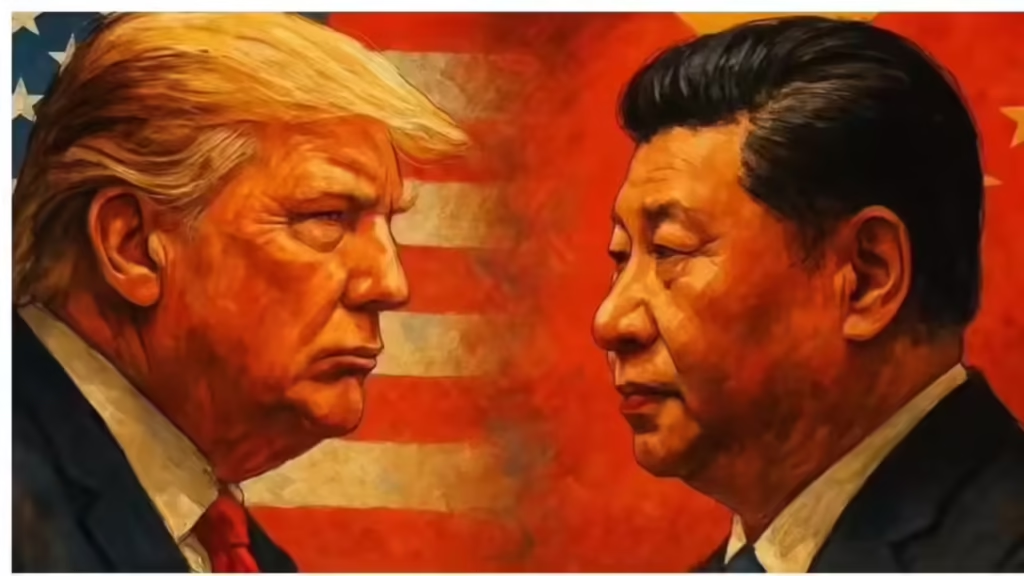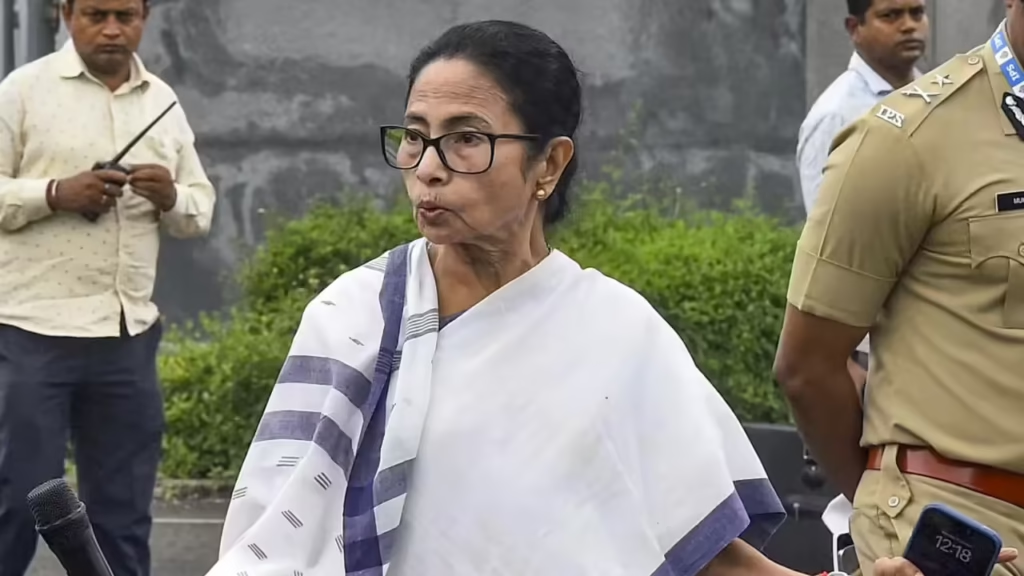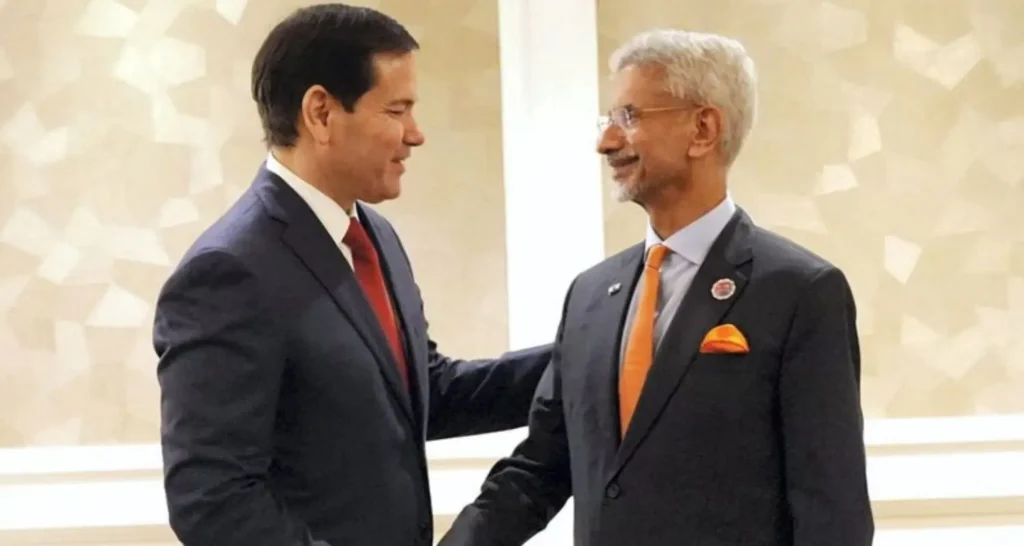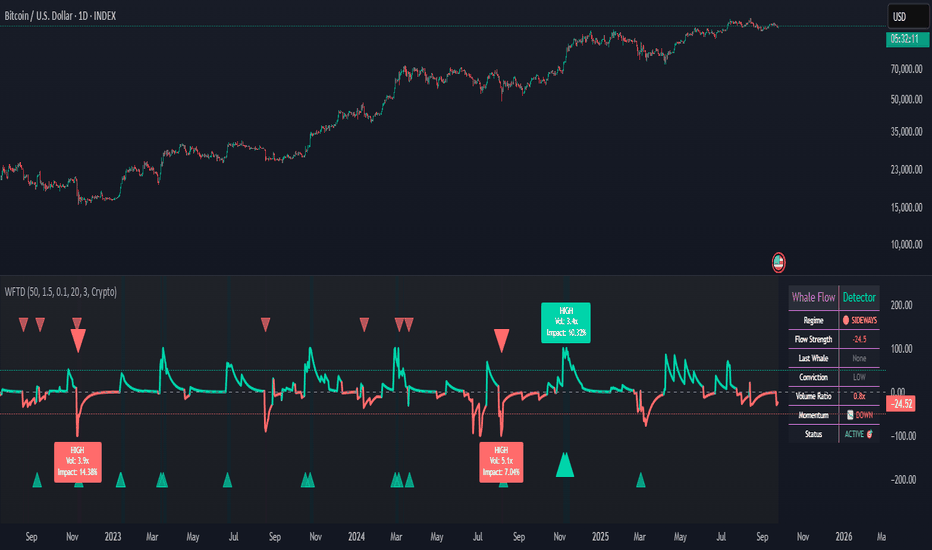Now Reading: India and US Push for Early Trade Deal: Commerce Ministry Signals Progress
-
01
India and US Push for Early Trade Deal: Commerce Ministry Signals Progress
India and US Push for Early Trade Deal: Commerce Ministry Signals Progress
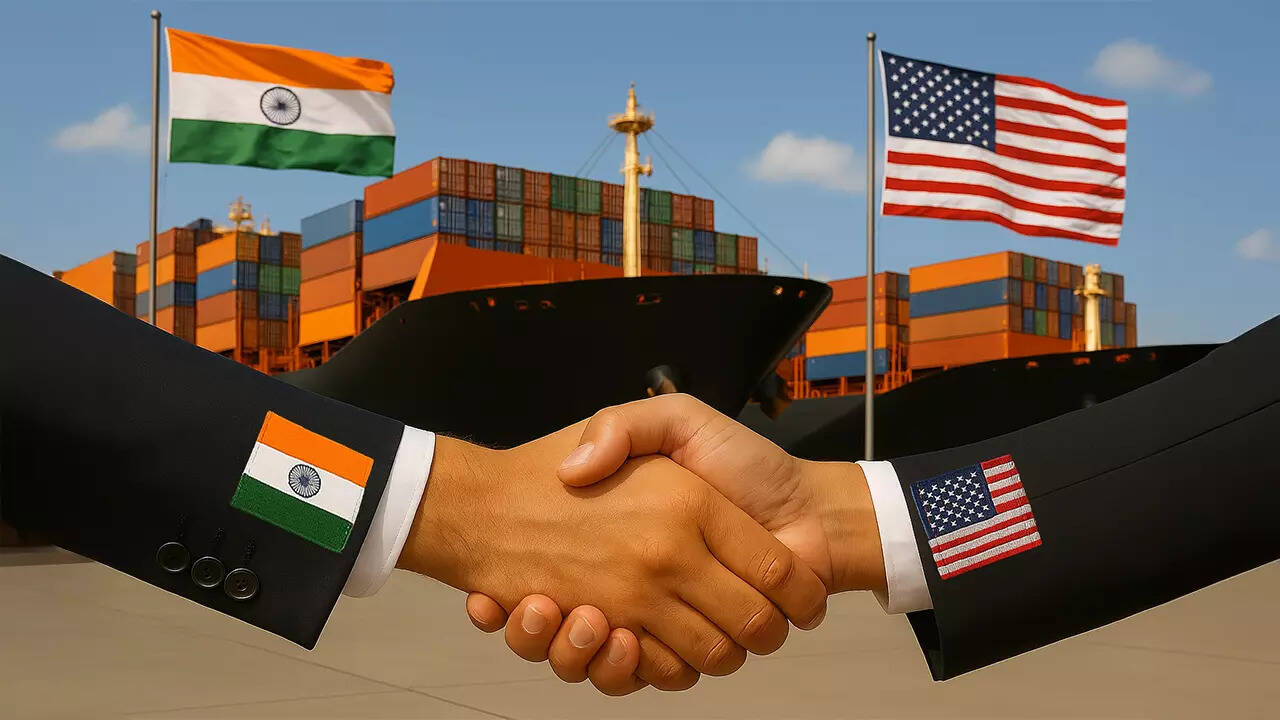
The Commerce Ministry has indicated that India and the United States are moving closer to an early conclusion of their long-pending trade agreement. The update came during Union Commerce Minister Piyush Goyal’s recent visit to Washington, where both sides discussed ways to resolve outstanding issues. While the details remain under negotiation, the progress reflects growing efforts to balance economic priorities with strategic ties between the two countries.
What the Talks Mean
The proposed deal aims to address tariff barriers, ease market access, and create a more predictable trade environment. For India, it could mean better access to US markets for sectors like textiles, pharmaceuticals, and IT services. For the US, it could open opportunities in agriculture, manufacturing, and digital trade, areas where American firms have sought fewer restrictions.
Challenges on the Table
Despite the optimism, several hurdles remain. Issues such as agricultural subsidies, digital data rules, and tariff preferences have been sticking points in past negotiations. Finding middle ground will be key, as both governments must protect domestic interests while seeking stronger economic ties. Trade experts point out that even limited agreements can pave the way for broader partnerships.
Relevance for Smaller Businesses and Cities
A trade deal with the US won’t just impact large corporations. Small and medium enterprises, especially in Tier-2 cities, could benefit through increased exports and collaborations. Handloom industries, IT startups, and food processing units are among those likely to see new opportunities if trade barriers ease. However, these businesses will also need support to adapt to stricter global standards.
Strategic Angle
Beyond economics, the trade deal carries geopolitical weight. With global supply chains shifting, India is positioning itself as a key manufacturing and services hub. Stronger trade ties with the US would reinforce that role while reducing dependence on other markets. For Washington, closer economic links with India fit into its broader Indo-Pacific strategy.
Conclusion
The progress on the India-US trade deal signals cautious optimism but also underlines the complexity of balancing interests on both sides. For ordinary businesses and workers, especially in India’s smaller cities, the outcome could bring fresh opportunities if implemented with adequate safeguards. Whether the deal closes soon will depend on how both nations navigate the fine print without losing sight of the bigger picture of partnership.








